Innovation Helps Radiologists Read MRIs in Under a Minute, Has Served 1 Million People
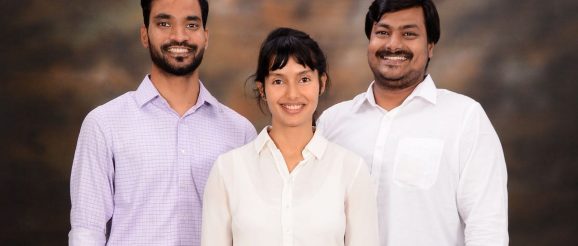
Having grown up in a small town called Mau in Uttar Pradesh, Meenakshi Singh was born into a family of doctors. She witnessed the effects that the shortage of radiologists has on the general diagnosis. What this led to was incorrect diagnosis resulting in wrong treatment protocols as well.
An engineering graduate from Manipal, Meenakshi went on to pursue a management degree from the Indian Institute of Management, Bengaluru. During her time studying, the thought of trying to solve the issue of the wrong diagnosis always weighed on her mind.
Speaking to The Better India, Meenakshi says, “Errors and inconsistencies are uncomfortably common in radiology practice, with studies estimating an average of 30 per cent retrospective error rate among radiologic studies.”
The need to change this is what led to Meenakshi Singh starting Synapsica in December 2019 along with Dr Cherian and Kuldeep Singh Chauhan.
‘Easy enough to set up a diagnostic centre, but what next?’
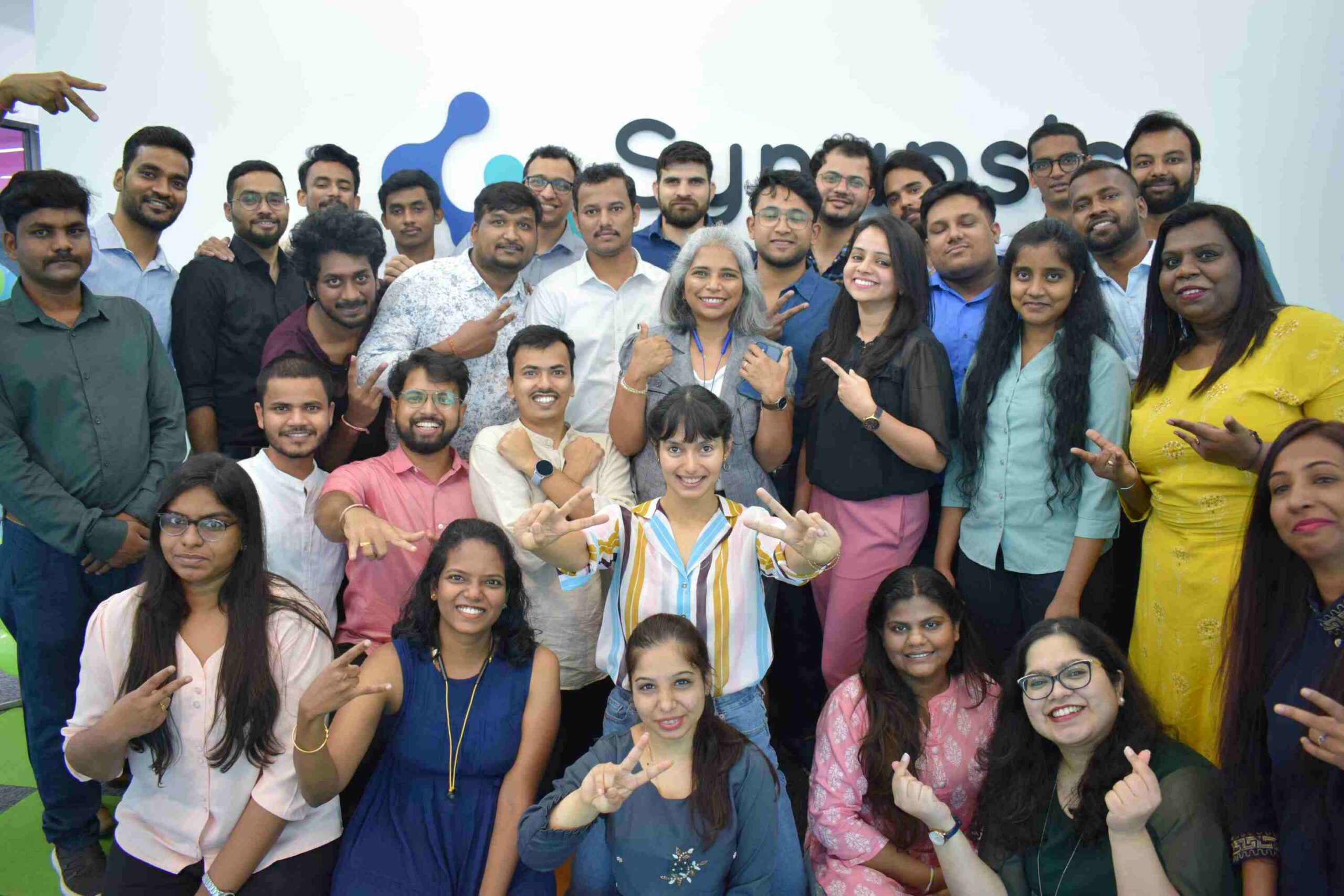
“While it is easy to set up a diagnostic centre it is hard to find qualified doctors and radiologists to stay in smaller towns across India,” says Meenakshi. This poses a great problem since the infrastructure and machines are all in place but not having a qualified person to read the reports and conduct the tests is a huge problem.
“This issue is so rampant that without waiting for a qualified doctor to weigh in on the test reports people started bringing in underqualified doctors to do the job. This was resulting in the wrong diagnosis and subsequently the incorrect treatment methodology,” she adds.
In a study conducted by researchers from Johns Hopkins Hospital, it was found that nearly 40 per cent to 80 per cent of chronic back pain cases are misdiagnosed.
Kuldeep, the Chief Technology Officer (CTO) and a graduate of Indian Institute of Technology (IIT), Kharagpur, says, “Misinterpretation by a radiologist can result in severe health complications that can be detrimental to the health of the patient and may even lead to death. Seeing the potential of Artificial Intelligence (AI) in solving this challenge by bringing speed, standardisation and objectivity into radiology reporting, Synapsica came into being.”
A dire shortage of radiologists
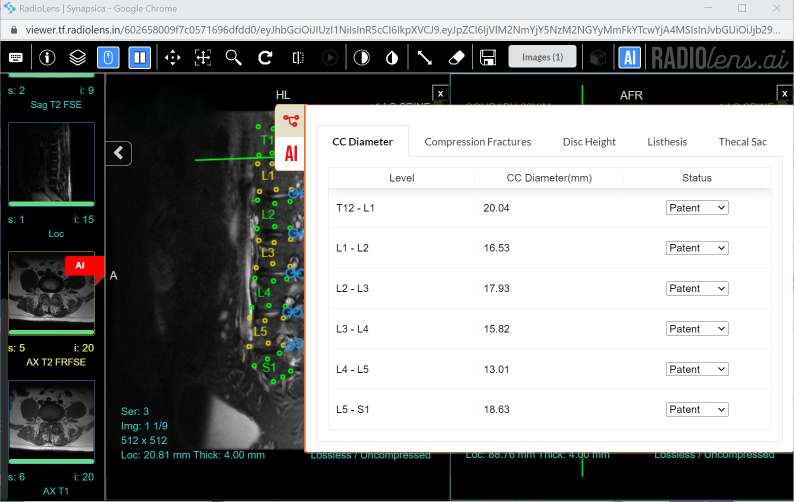
“In our country, we are so used to clinicians looking at the radiology film themselves. This is not supposed to be the case. The radiology scans are supposed to be looked at by the radiologist,” says Meenakshi.
She adds that while there are over 30,000 imaging centres across India the number of radiologists is less than 10,000.
Dr Cherian, the Chief Operation Officer (COO), adds, “The shortage of specialists amplifies with acute shortages, with doctors on vacation, leaves, variability of businesses, etc. Due to this, the cost of good quality specialist talent in imaging businesses is often high and unoptimised which puts pressure on already thin margins for small to midsize practices. Radiologists on the other hand have to work with multiple imaging businesses to get equivalent remuneration to full-time employment.”
This is where the AI solutions developed by Synapsica help. Meenakshi explains, “Radiologists can now automate numerous mundane tasks. For instance, scheduling workflow, sorting images, counting and labelling various spine elements, detecting flexion-extension and neural positions, spotting tumours, compression fractures, identifying key morphological points, generating reports, etc., which usually consume nearly 70 per cent of radiologists’ productive hours can now be automated.”
With the help of AI solutions, radiologists today can take up 3 times more cases and can provide a much more detailed and objective report to the patients.
“Sometimes the misdiagnosis can be life-threatening and sometimes just points to the shoddy job done. In one instance, a lady who came for delivery realised she was carrying twins only at the time of birth. All through her ultrasound scans, she was never informed of carrying twins. Instances like these point to the underqualified doctors reading the reports,” says Meenakshi.
Instances like these pushed the team at Synapsica to create a technology free of such errors.
How does it work?
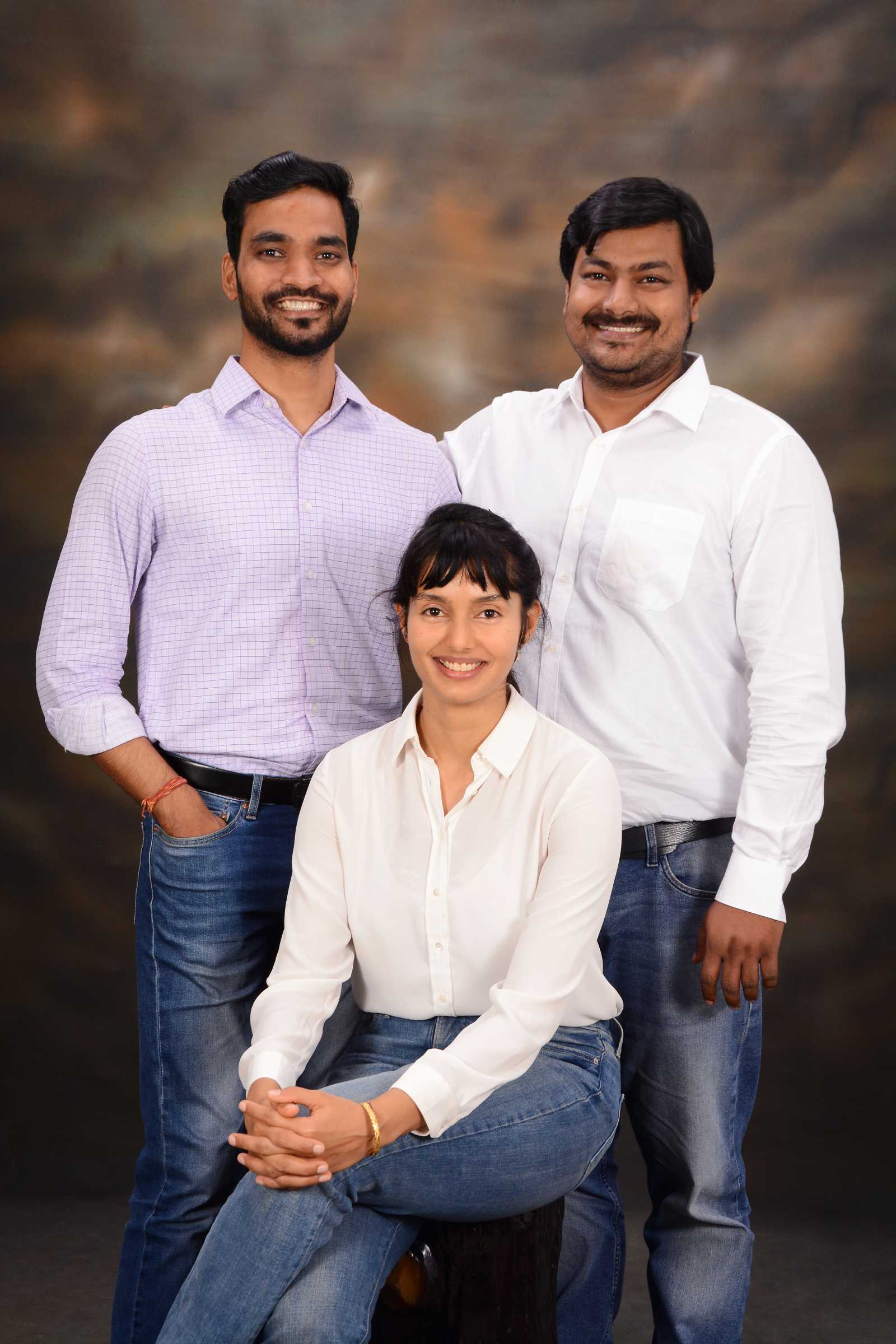
Synapsica is building radiology workflow solutions that are backed by new-age technology, including AI / Computer Vision, NLP (Natural Language Processing), distributed computing, etc. to bring efficiency to incumbent practices.
“Essentially, we have developed a software, which can be loaded onto the machine in the diagnostic centres. Once the scan is done, the image gets redirected to a cloud server. The AI then creates the preliminary report and findings. The radiologist then signs off on this report which is digitally transferred to the patient,” says Meenakshi.
Dr Cherian says, “The company specialises in spine and chest reporting, areas that constitute 60 per cent of all radiology reporting in the world. These products have been tested by senior doctors and radiologists from institutions like AIIMS and are today being used across 600 plus locations globally including the United States, Africa, India, Bangladesh and
Pakistan.”
What’s interesting is that more than 70 cities in the tier-2 cities and towns are using Synapsica’s solutions. Radiolens, one of the innovative products by Synapsica is becoming increasingly popular as it provides the mobility and flexibility essential for service quality and delivery in the field of radiology.
Radiolens is a one-of-its-kind radiology workflow automation solution. Dr Cherian claims, “It has a unique ability to absorb information from AI on a granular level and apply it to various aspects of workflow. It not only integrates clinical reading, triaging, etc. but also provides an interactive report generation through AI, facilitating back-office and administrative tasks.”
Synapsica has addressed more than three lakh cases from rural areas. This AI solution has enabled many healthcare institutions from Tier 2 and 3 cities like Kalol, Navrasi, Ujjain, Bilaspur, Gwalior, etc. to get more flexibility and mobility without compromising on patient care.
Shedding light on how this solution has brought about a change, Meenakshi says, “Minakshee Hospital in Kalol, Gujarat started using our solutions as the city had no local radiologists. Within a short span, they could deliver better quality services and be highly satisfied with our AI-assisted reporting services that enabled them to provide better patient care.”
Dr Akash Joshi, owner of Minakshee Hospital, shares “Critical findings and reporting accuracy help in faster diagnosis and treatment, thus delivering effective patient care. For a Tier 3 city having no local Radiologist, Synapsica’s services have added wings to our hospital set-up, which now can deliver better care to the suburban population.”
Not just patients but also many women radiologists find the AI tools by Synapsica to be rather useful.
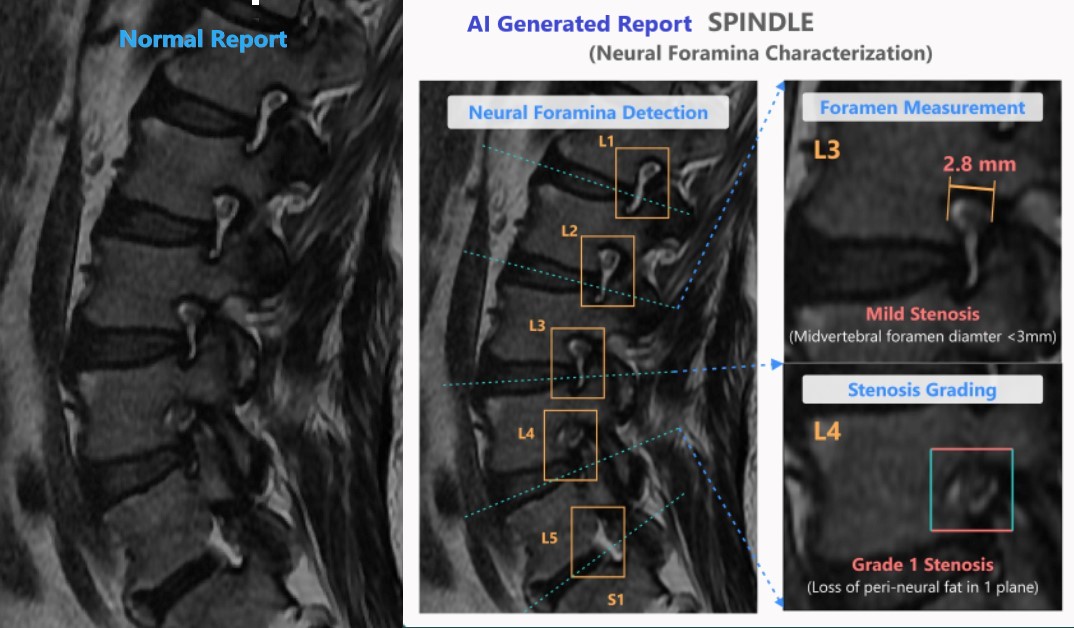
Dr Sudha Reddy, radiologist and owner of Sudha Imaging, Hyderabad, says, “It is easy to use and so economical. I can report without coming to the centre which is a great convenience for us. Saves travelling time and allows me to spend more time with family. Also, now I can leave early without worrying about night coverage as the same can be handled remotely through Radiolens. This also gives me more bandwidth to report for other centres.”
While the company is currently focusing on stress X-rays and MRIs of the spine, in the future there are plans to focus on other types of diagnostic radiology exams as well as other parts of the body like the brain.
“Access to reliable healthcare has a huge impact on a person’s life, and a lot of this access is lost or becomes unavailable due to inefficiencies in processes of healthcare delivery, which affects both providers and the patients. Through Synapsica, we want to use tech and data to automate a lot of these processes and make the healthcare resources much more efficient. We are grateful that today we are helping 1.5 lakh patients every month while also having a positive impact on burnout of providers,” add Dr Cherian.
Having served over one million patients the world over so far, Meenakshi says, “We are now aiming to build an AI tool for CT scan of the spine.”
Sources:
Why Chronic Pain Patients are Misdiagnosed 40% to 80% of the Time? by Nelson Hendler in Research Gate in December 2016.
(Edited by Yoshita Rao)
